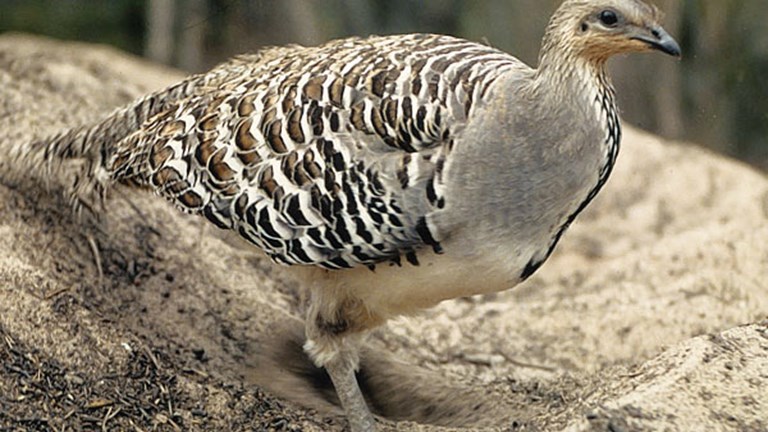
Malleefowl
Leipoa ocellata
Vulpes vulpes
Red Foxes were introduced to Australia in the 1870s. By the 1890s they had become widespread feral pests. They are among the most successful predators in the world and have caused devastating declines in native animal populations. They also thrive in disturbed and fragmented habitats and carry diseases such as mange, which affects wombats and dingos. Programs to control foxes by poisoning, shooting and trapping have reduced numbers but will probably never eradicate them, since they quickly repopulate.
Red Foxes
Red Foxes live across much of southern Australia. They are found wherever habitats are patchy, including rural and urban areas.
Originally released near Melbourne by sporting shooters, Red Foxes have invaded the southern half of Australia. They reproduce quickly and can eat almost anything. In the Mallee they eat the eggs and young of endangered Malleefowls, defeating programs to release birds raised in captivity.
Red Foxes are skilled predators thanks to their keen vision, sense of smell, speed and climbing ability. By day they shelter in hollows and old rabbit burrows, emerging at dusk to hunt. They live in family groups comprising a dominant male and female and their cubs.
Red Foxes breed once a year between July and October. The dominant female gives birth to 4–10 blind and helpless pups. The mother suckles the pups for 4–5 weeks, and they remain hidden in the den while the father brings food to them. In summer, young foxes disperse up to 30 km away from their family group to establish their own territories, which they mark with a strong, distinctive scent.
The red coat and bushy tail of Red Foxes are also a common sight in urban areas such as parks and backyards. Here food is plentiful and there can be 12 foxes per square kilometre. This species thrives in patchy, disturbed habitats such as farmlands or near roads and generally does not live in dense forests.

Leipoa ocellata

Morelia spilota metcalfei

Macropus rufus
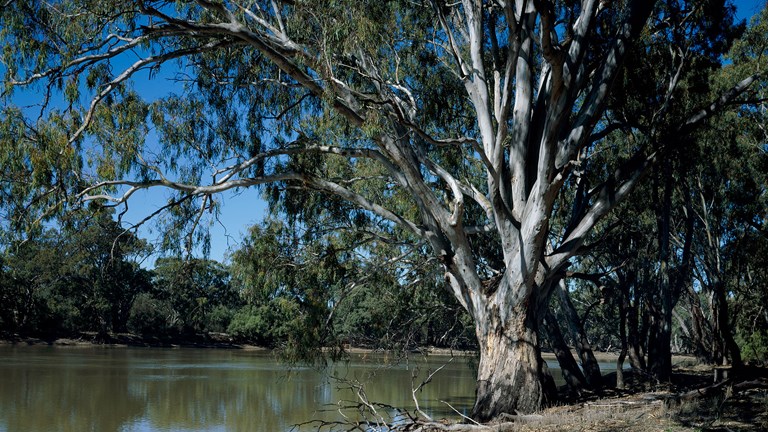
There are many types of dry forests in Victoria including stringybark, red gum, grassy woodlands and the remnants of the once great box–ironbark forests.
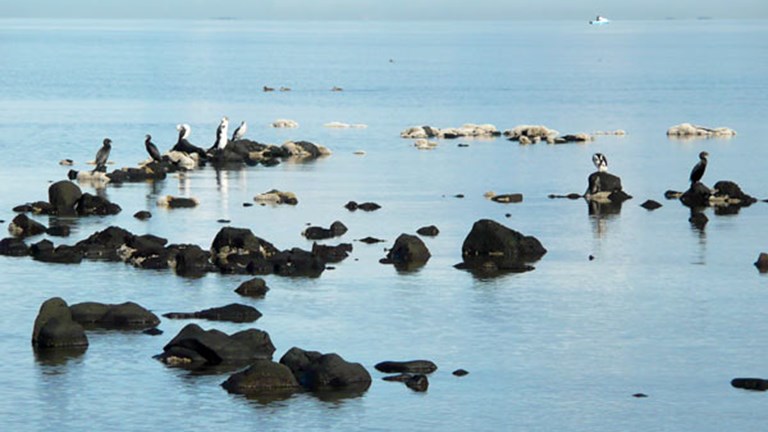
Victoria’s coastal wetlands are significant places for wildlife, with many listed in international conventions to protect the habitat of migratory birds.
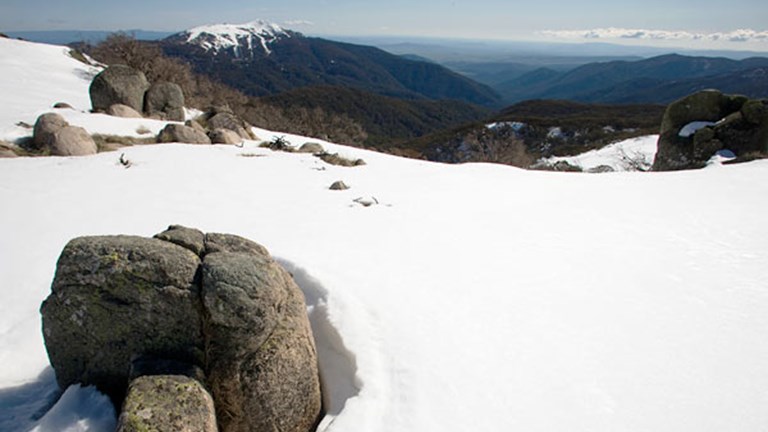
The Victorian Alps extend from the plateaus of Lake Mountain and Mt Baw Baw to peaks such as Mt Feathertop and the headwaters of the Murray River.
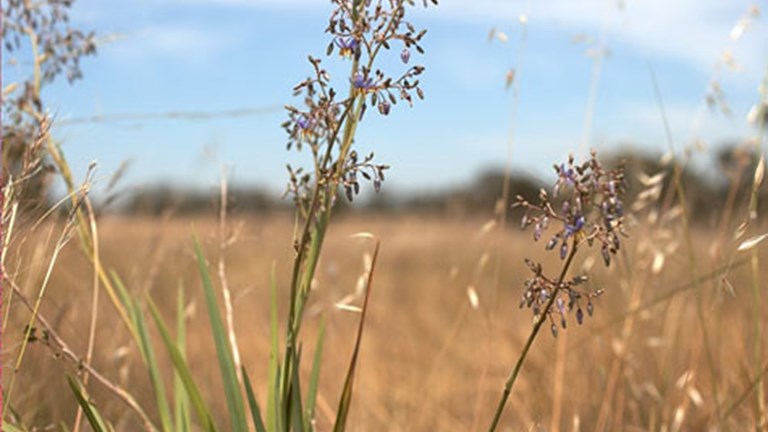
When the first Europeans arrived in Victoria there were grasslands on the vast, undulating western plains, on the northern plains and in Gippsland.
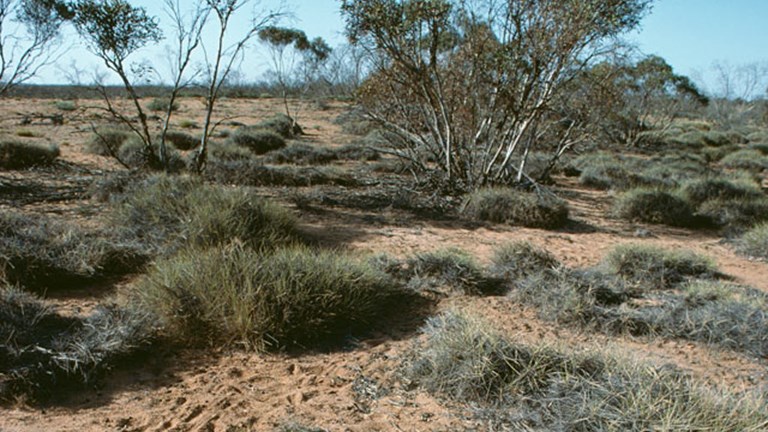
The Victorian Mallee in the north-western corner of the state has a mosaic of vegetation types adapted to low rainfall and sandy soils.
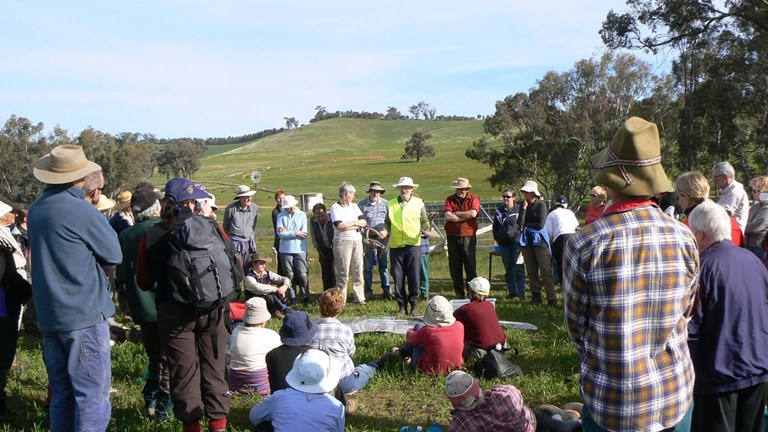
Find out about the issues affecting our special places and the plants and animals that live in them, and discover some ways you can help.
We are making improvements to our website and would love to hear from you about your experience. Our survey takes around 10 minutes and you can enter the draw to win a $100 gift voucher at our online store!
Museums Victoria acknowledges the Wurundjeri Woi Wurrung and Boon Wurrung Bunurong peoples of the eastern Kulin Nations where we work, and First Peoples across Victoria and Australia.
First Peoples are advised that this site may contain voices, images, and names of people now passed and content of cultural significance.